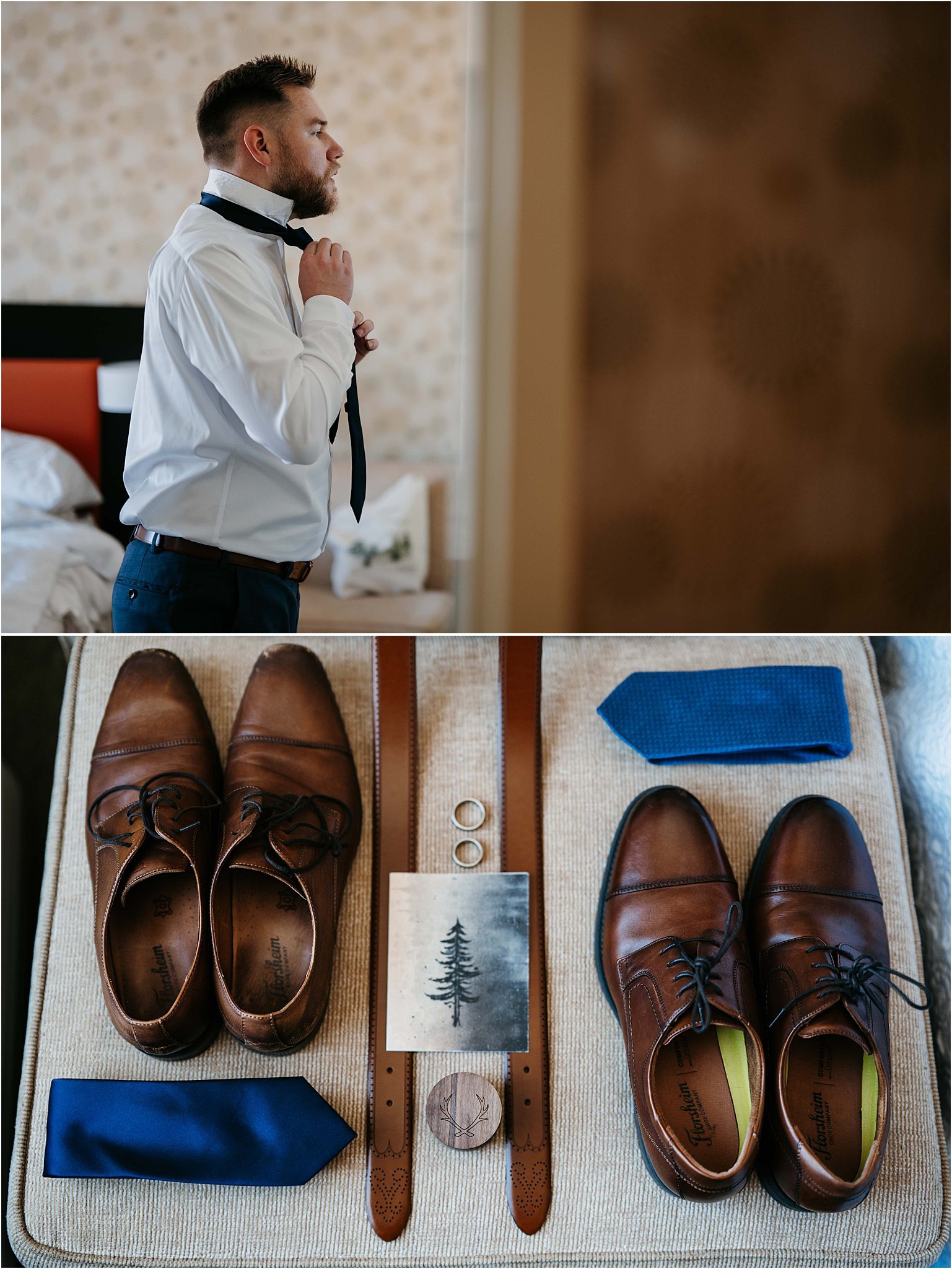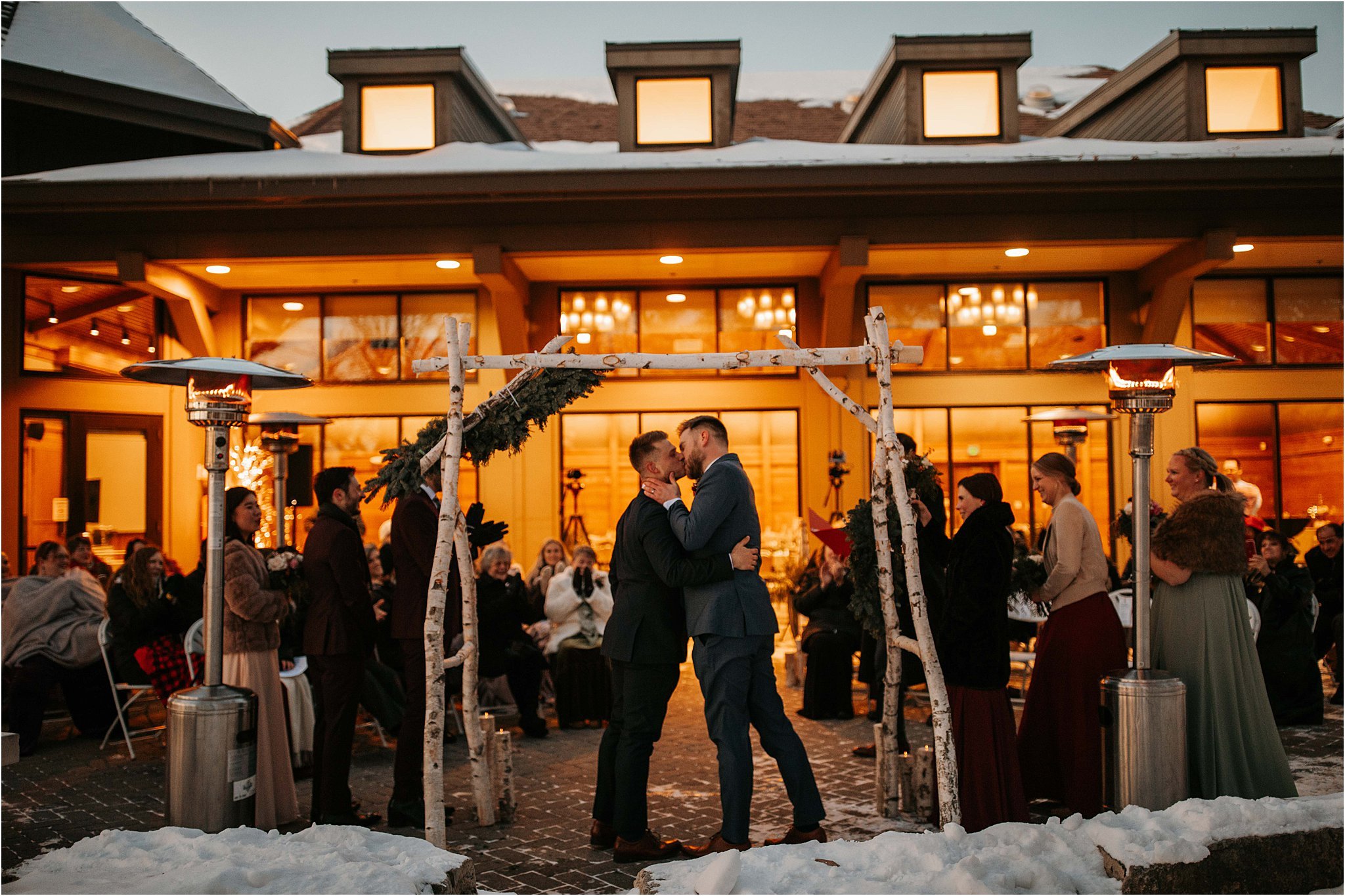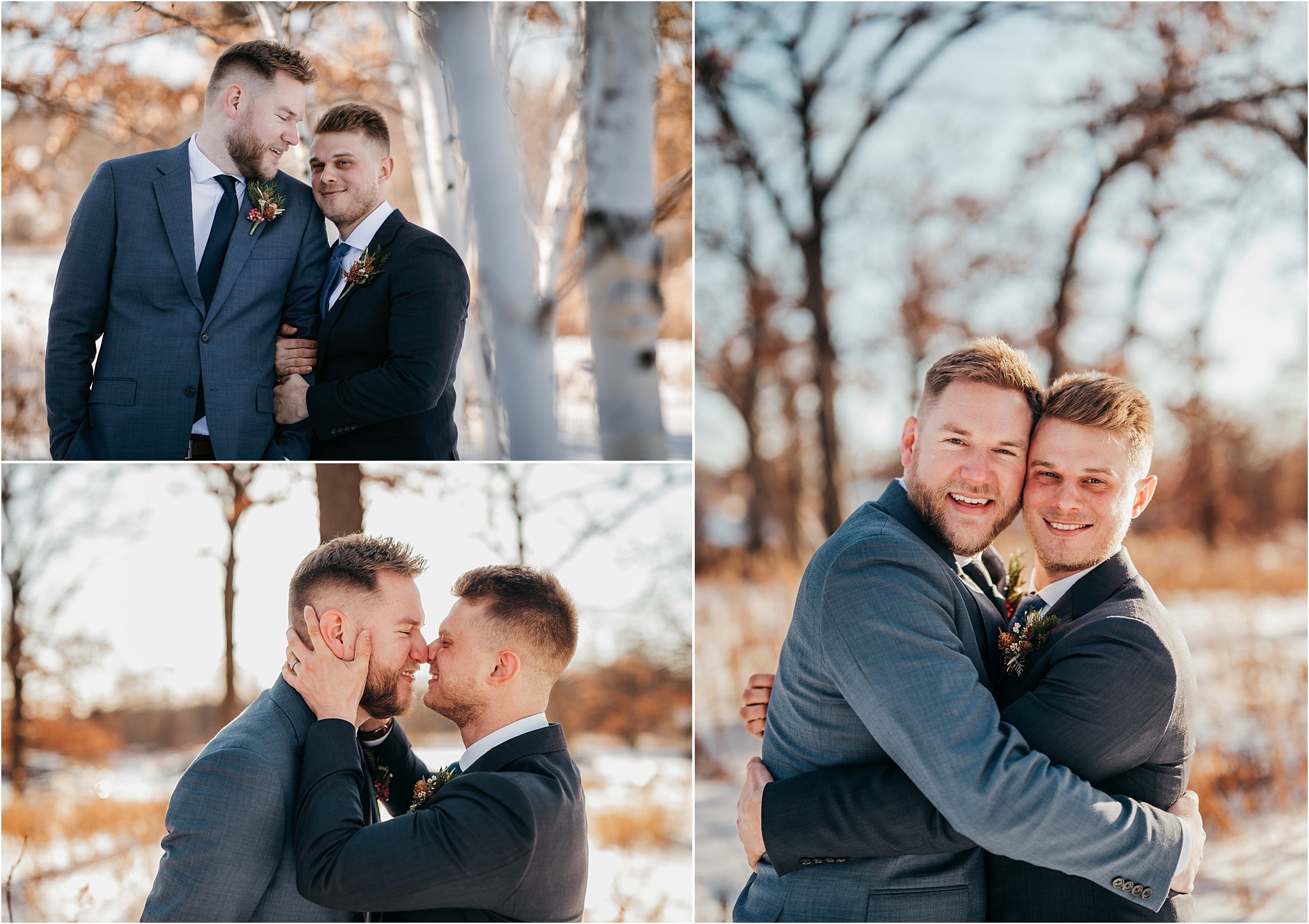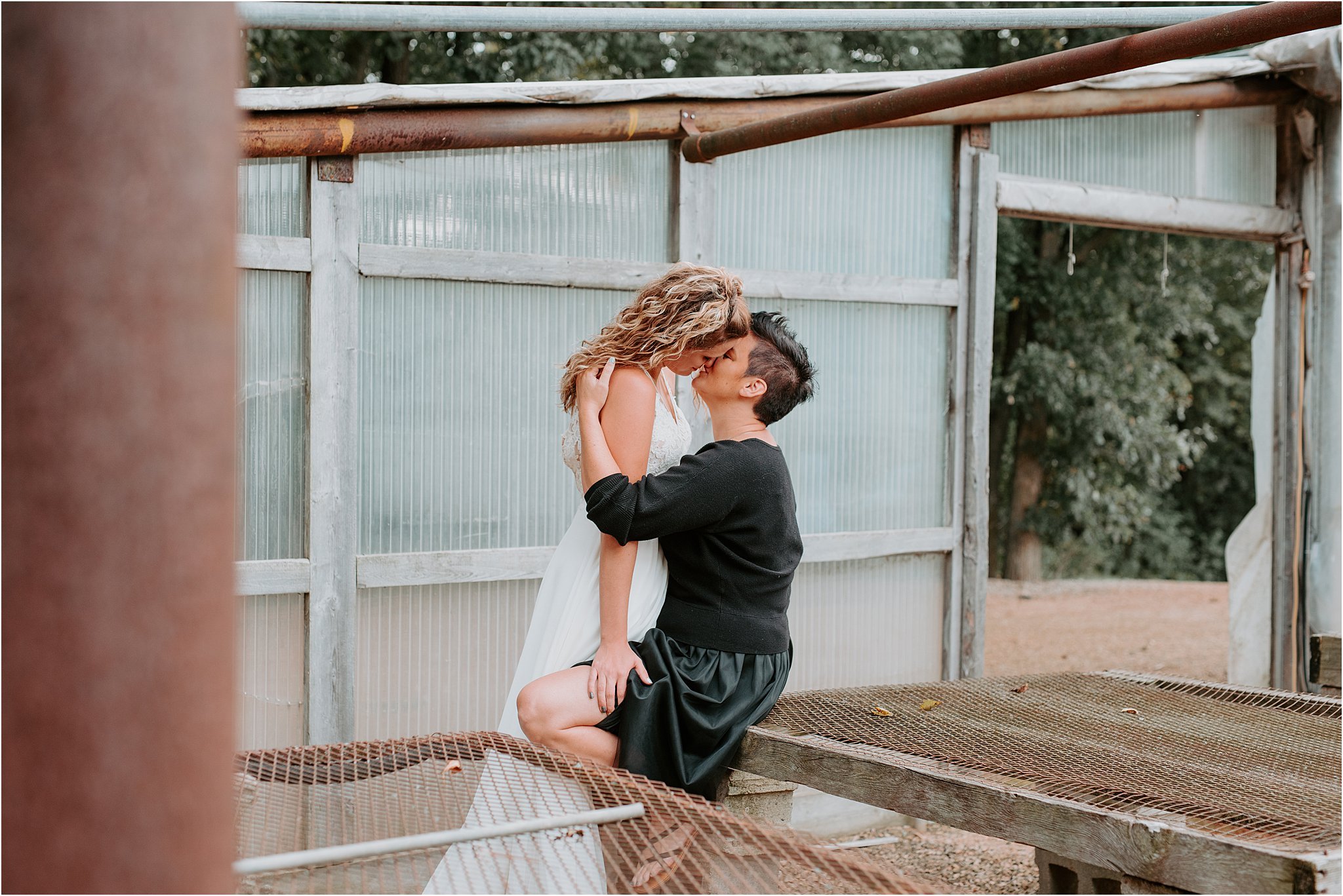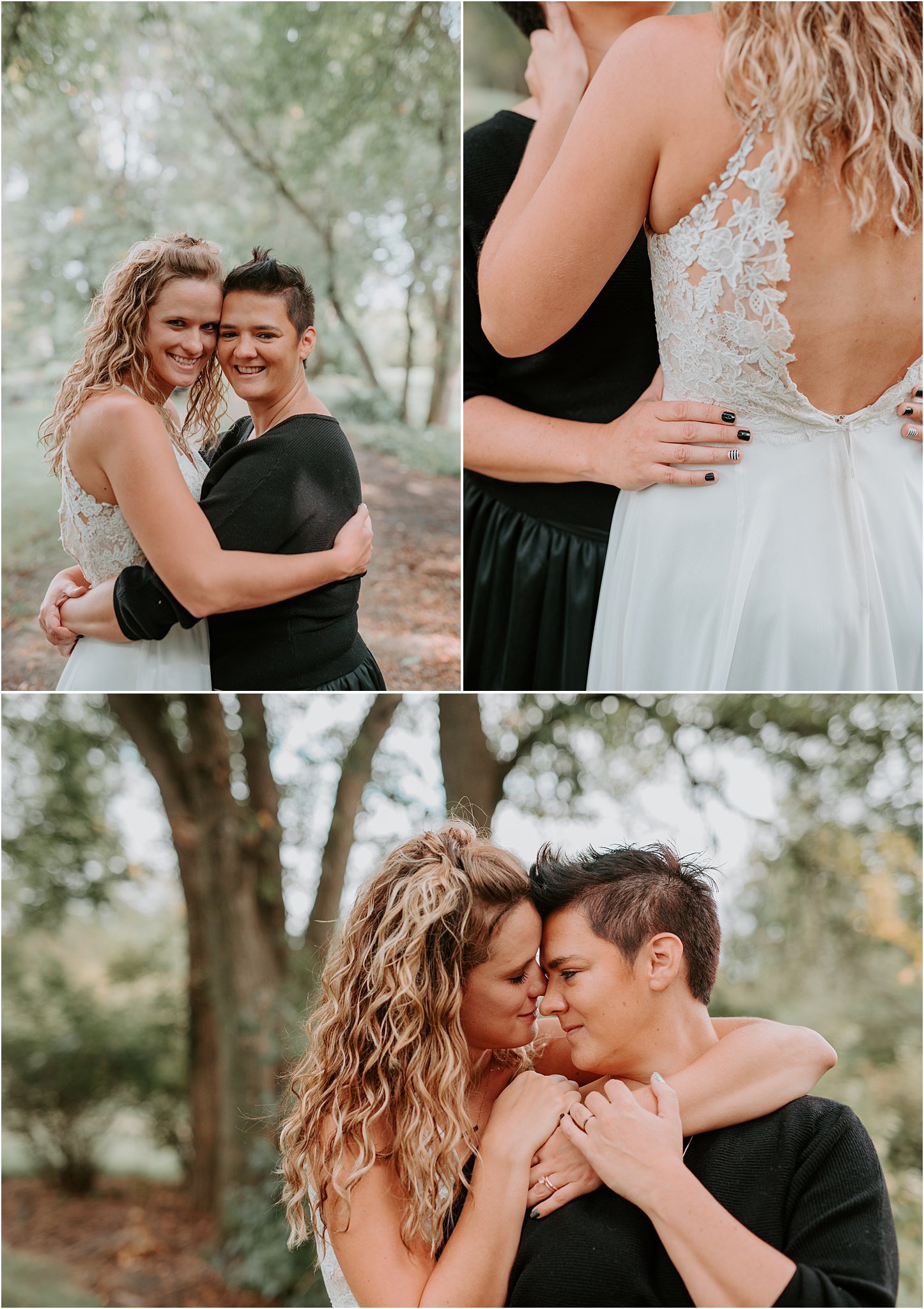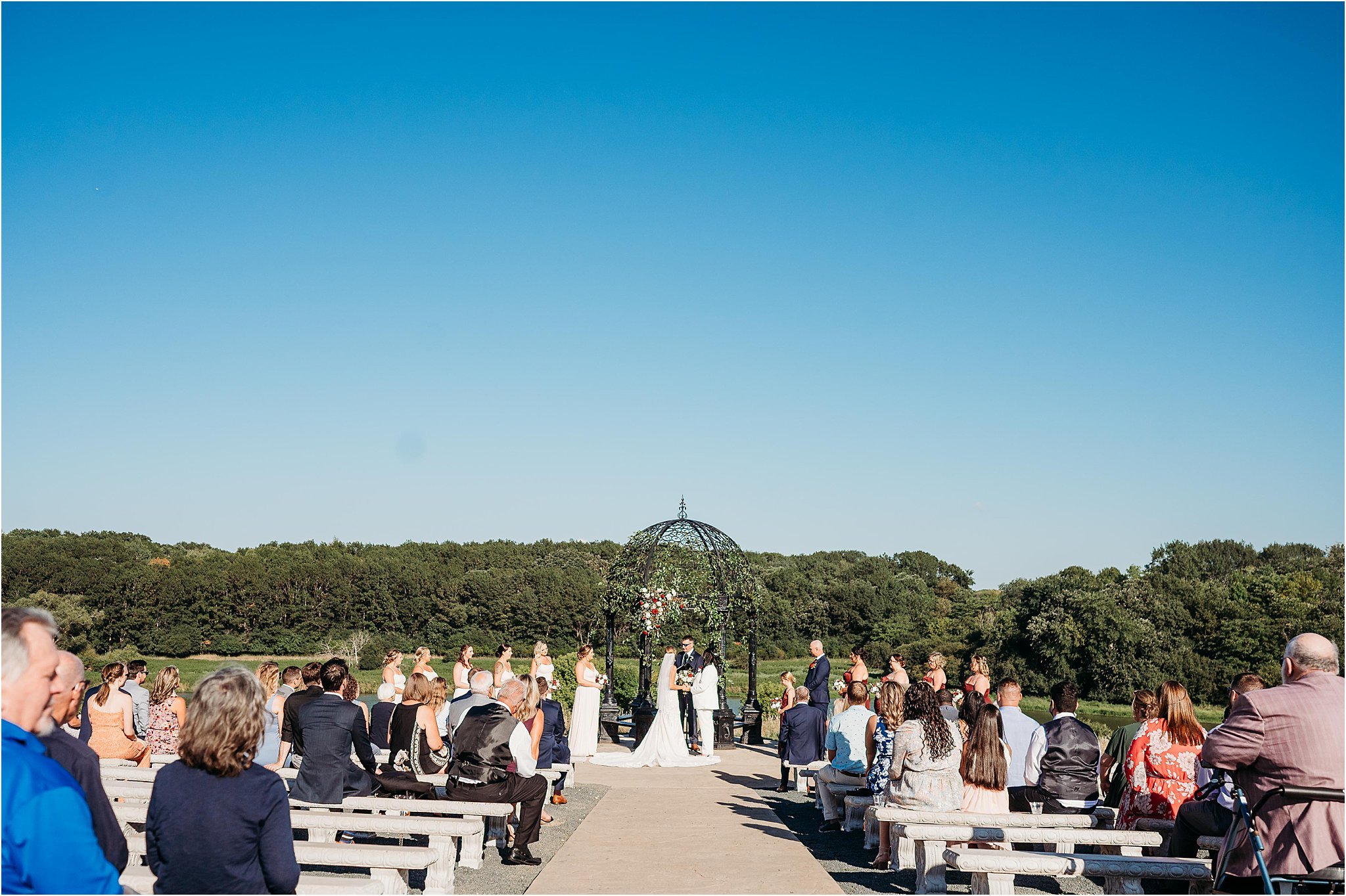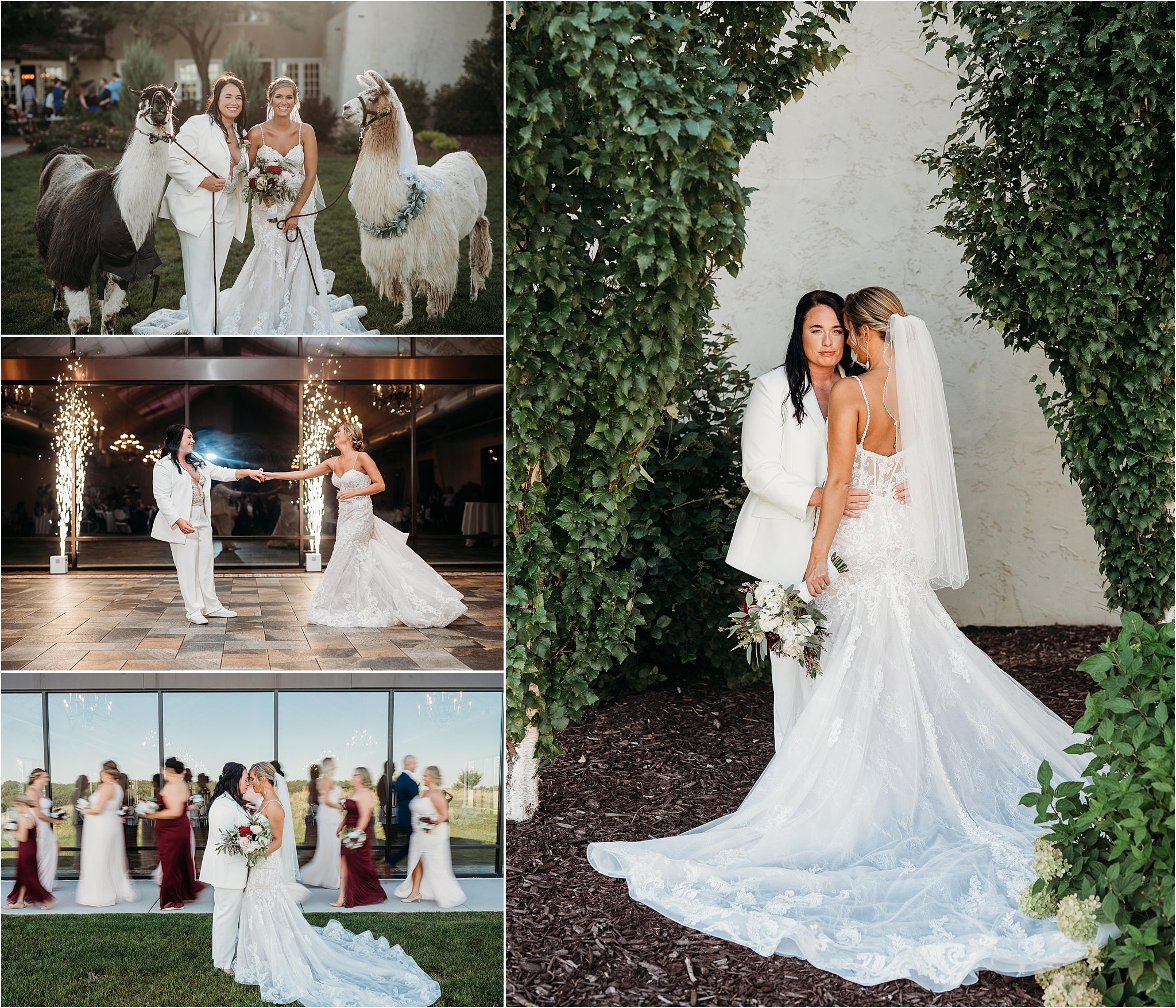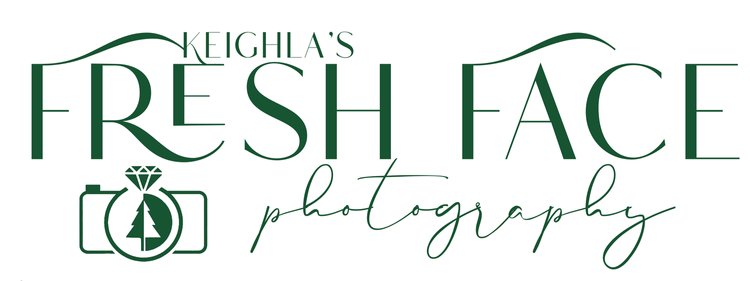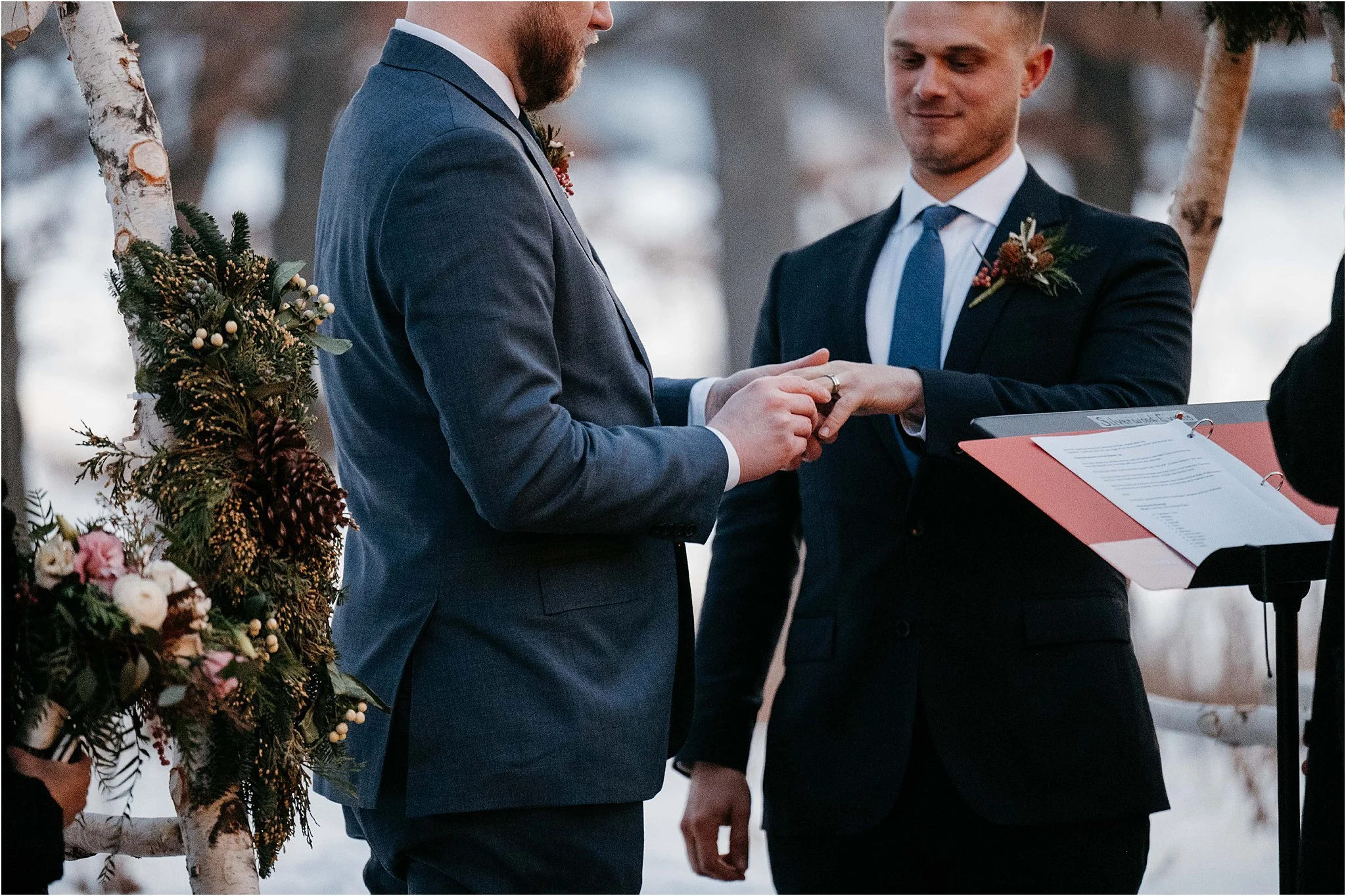Weddings, LGBTQIA+ or not, are celebrations of love, and they come in all shapes and sizes.
Whether it's a traditional ceremony or an intimate elopement, every wedding is special in its own way. The LGBTQIA+ community has been fighting for their right to love and marry for decades, and now that marriage equality is legal in many countries around the world, more same-sex couples are tying the knot than ever before.
But as with any wedding, there are unique challenges that come with planning an LGBTQIA+ celebration. That's why we've put together this guide to help wedding photographers approach these beautiful events with sensitivity and inclusivity. Here are my top tips for capturing unforgettable moments at Minnesota same-sex weddings!
How an LGBTQIA wedding is the same as straight weddings
Love is love, and that's what weddings are all about. No matter the gender or sexual orientation of the couple getting married, there are certain things that remain the same when it comes to weddings.
For one thing, LGBTQIA+ couples still want a beautiful ceremony filled with love and joy. They want to celebrate their commitment to each other in front of friends and family, just like any straight couple.
Another similarity is the importance of wedding planning. Whether it's choosing a venue, picking out flowers or selecting music for the reception, there are countless details that go into making a wedding day special. And while some traditions may vary between LGBTQIA+ and straight weddings (such as who walks down which aisle), both types of celebrations require careful attention to detail.
Just like at any other wedding celebration, there will be tears of joy shed during speeches and first dances. There will be laughter shared over inside jokes between friends and families from both sides coming together for this momentous occasion.
In many ways an LGBTQIA+ wedding is similar to any other traditional celebration; it’s full of excitement anticipation – but most importantly - love!
How an LGBTQIA wedding differs from straight weddings
When it comes to LGBTQIA weddings, there are a few key ways in which they differ from straight weddings. First and foremost, these couples have had to fight for their right to legally marry in many parts of the world. For this reason, there is often a strong sense of community and activism surrounding LGBTQIA weddings that may not be present at straight weddings.
Another difference is that same-sex couples may choose to forego certain traditions or roles typically assigned by gender. There may not be a bride or groom, for example, but rather two partners who both wear dresses or suits. This can create an overall more equal dynamic between partners.
Additionally, LGBTQIA couples may face unique challenges when planning their wedding related to finding vendors who are inclusive and supportive. It's important for all wedding vendors - including photographers - to make sure they're providing services that cater equally well to same-sex couples as they do straight ones.
While some elements of an LGBTQIA wedding might look different on the surface than a typical straight wedding, ultimately what matters most is the love shared between two people regardless of gender identity.
Ways a wedding photographer can be inclusive before, during and after the wedding
As a wedding photographer, it's important to create an inclusive environment for all couples, regardless of their sexual orientation or gender identity. Here are some ways you can do so before, during and after the wedding.
Before the wedding, take the time to get to know your clients beyond just their names and wedding details. Ask them about their journey as a couple and what led them to this moment. This will help you understand their unique story and capture it in your photos.
During the wedding, be mindful of any gendered language or assumptions that may arise. Instead of referring to "bride" or "groom," use neutral terms such as "partner" or ask how they would like to be referred to. Also ensure that both partners are equally represented in photos and not just one person is always taking center stage.
After the wedding, communicate with your clients about how they want their photos shared on social media and other platforms. Some LGBTQIA+ couples may prefer not to share publicly due to safety concerns while others may want everyone possible seeing these beautiful moments captured throughout such special day!
By actively working towards inclusivity in your photography business practices, you can make sure all couples feel valued and appreciated on one of the most important days of their lives!
Things wedding photographers should avoid at same sex weddings
By following the tips listed above, wedding photographers can ensure that they approach LGBTQIA+ weddings with sensitivity and inclusivity. However, it's just as important to know what not to do. Here are some things to avoid at same-sex weddings:
1. Assuming gender: Don't make assumptions about the gender identity of those involved in the wedding or their guests. Present your pronouns and invite them to do the same. As the owner of KFFP, my pronouns are she/her.
2. Using stereotypes: Avoid using stereotypes when posing couples or taking photos of LGBTQIA+ people. Don't say things like "which one of you is the guy?"
3. Misgendering: Always use correct pronouns and names for everyone involved in the wedding.
4. Making inappropriate comments or jokes: Keep conversations professional and respectful, avoiding any offensive language or insensitive humor.
5. Ignoring family dynamics: Recognize that families may have different levels of acceptance towards LGBTQIA+ members and be sensitive to these dynamics during photo sessions.
Remember, an inclusive approach is key to capturing meaningful moments that reflect a couple's love story authentically.
Above all, approach same sex weddings with the same enthusiasm and attention to detail you would use for any other wedding.
